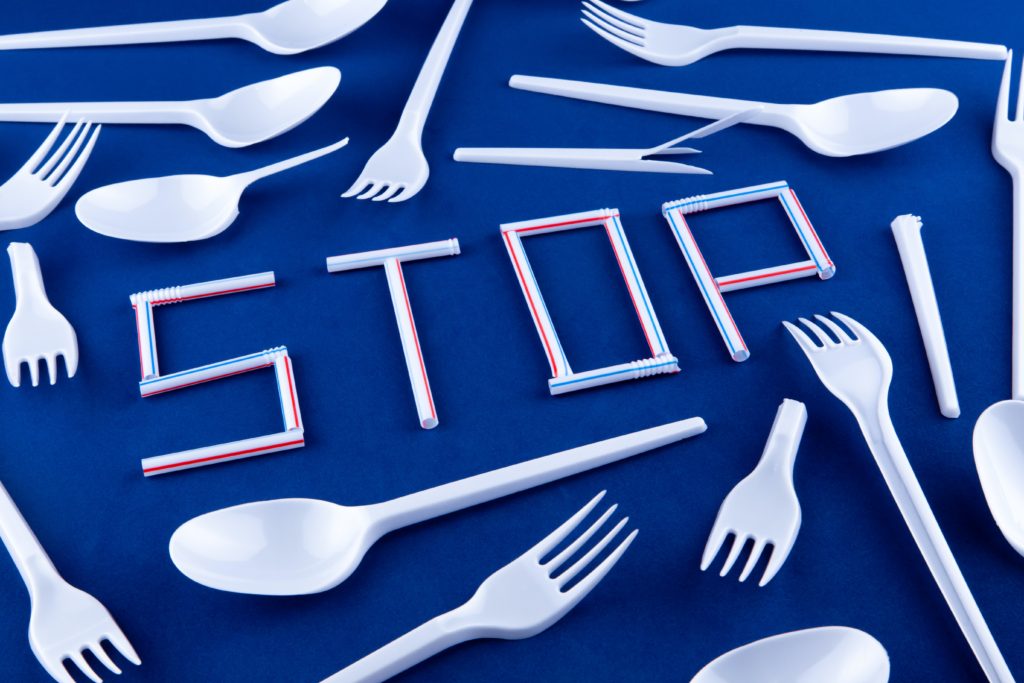Plastic pollution solutions are necessary if we want to save our oceans and ourselves from the effects of plastic pollution. Unfortunately, we are at the stage where plastic pollution has run rampant everywhere, from the sea to the land. Is there still hope to save the Earth from our excess plastic use? There are ways.
However, it will take a big, concerted effort from everyone to reduce plastic use with so many of us. The first step is always taking stock of much plastic you use daily.
Much of the problem is rooted in the use of single-use plastics. Single-use plastics are everywhere, from our food to cosmetic products. It’s time that everyone learned more about how they can help cut down the use of plastic in their daily lives.
How to Reduce Plastic Use in Daily Life?
How to reduce plastic use?
As we have mentioned earlier, awareness of one’s plastic use level is key to controlling how much plastic waste one creates per day. Yes, plastic waste is essentially created.
We bring plastic to our homes, and we are also responsible for adding plastic to the environment by throwing the plastic away. There is a huge need for people to become more aware of how much plastic they are using, therefore adding to the environment.
The next step is joining the reusable revolution. We may not be able to cut away plastic because it has become very useful to human life. However, we have to change our ways so we can eliminate our dependence on single-use plastics. Single-use plastics pile up so quickly that there is no way for the environment to decompose plastic – not in this lifetime naturally.
The reusable philosophy is very simple. We don’t want to add to the plastic use problem, so instead of asking for disposable plastic, we will reduce the need for it. The solutions are strikingly simple, especially when we go out. When you go to a fast-food or restaurant, you can bring your plates and utensils, even your tumbler or glass.
For good restaurants, this won’t be necessary. However, take-out from fast-food will generate waste. If the packages are made from paper products, then there’s no issue there.
However, if people are still using Styrofoam containers where you live, it’s best to bring your packaging. It may seem inconvenient if you think about it, but honestly, having sturdier packaging for take-out is safer, and you won’t have to worry about your food being crushed or just falling away from its container.
You can bring a glass container with a lid, or whatever works for you. The key here is we want to use a container repeatedly without depending on single-use plastic products anymore.
It’s the small things that pile up if you think about it. For example, thousands of tons of single-use bottles are out there in landfills and the oceans. Plastic straws are a huge menace to marine life and birds, and other small fauna. The small plastic items that we use daily are the ones that find their way to the ocean and in over-extended landfills.
As for shopping and groceries, then that’s not a problem: you can always bring more durable shopping bags. Sure, these may be made of plastic parts, but at least you won’t be depending on single-use plastics anymore. Every bit of effort makes a difference.
What Is Being Done to Stop Plastic Pollution?
National governments are undertaking solutions to plastic pollution. Banning single-use plastic products is probably the most important undertaking because single-use plastics is the number one source of plastic pollution globally. Many countries have already enforced the ban, but the effectiveness of this type of ban varies from region to region. In poorer countries where people rely heavily on consumable items in small quantities, single-use plastic containers are still prevalent, and as they are unavoidable.
Can Plastic Be Decomposed?
Plastic decomposition can technically happen, but not within the period that people think it can be done. Plastic doesn’t decompose in three years or fifty years. Single-use plastics need a thousand years before they can become fully disintegrated and rendered neutral. Before this period, plastic products continue to be a threat to all kinds of life, from marine animals to terrestrial ones. The land itself is becoming poisoned with plastic degradation byproducts, which is different from plastic decomposition. When something degrades, there are still bits of it leftover, and as plastic decomposes, it also renders the land around it toxic with its byproducts. There is no escape from the pollution caused by plastic because anywhere you put it, there will be some runoff or release to the environment that endangers lifeforms.
How Do Microplastics Harm the Environment?
Microplastic pollution is a real threat to the environment. The more you see up-close how the pollution is taking place, the more complicated things become up to half of all the fish sold in California marketplaces, for example, show signs of plastic ingestion. Microplastics are even smaller, and there is proof that microplastics are being absorbed into tissues of living animals now. When you eat something with plastic compounds in its flesh, you also absorb the plastic compounds into your bloodstream and tissues. Again, we have reached a point in human history that we can no longer avoid the effects of plastic pollution.
Microplastics are also known for damaging the organs of marine animals. The bigger the plastic particles, the likelier the damage to internal organs of fish, turtles, and every other marine life in between. Even whales are known to die from ingesting massive quantities of plastic. Plastic is known for being a threat to turtles, too. Turtles are known to starve from ingesting plastic, thinking that they have consumed jellyfish. They die from starvation as a result of mistaking plastic bags for food.


